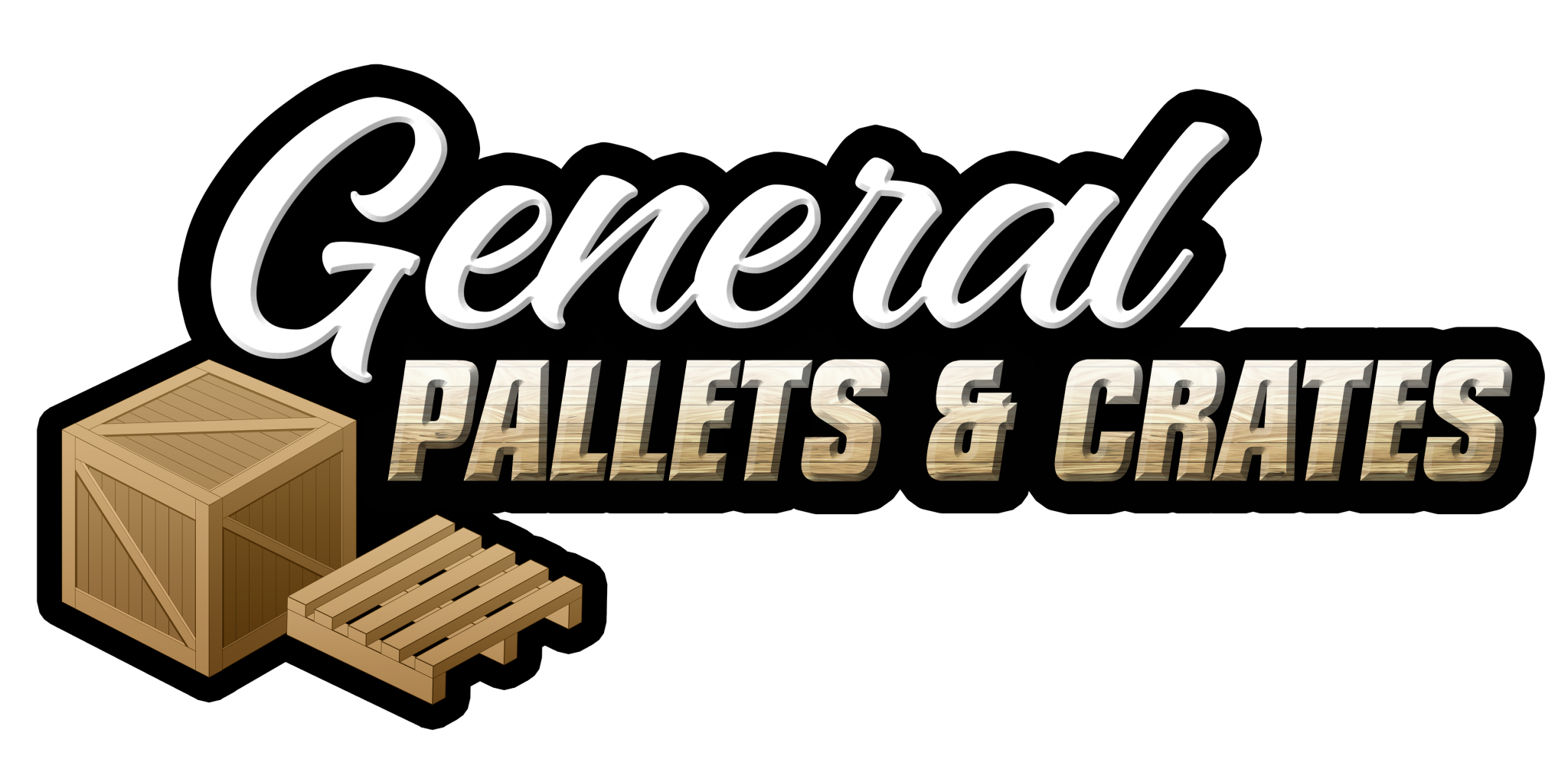Why the recent interest in block pallets? Block pallets are the dominant pallet type in most other parts of the world. Europe principally uses block pallets. The EUR-pallet, known in North America as the Europallet, is the dominant pallet there. The Europallet pool, the largest pallet pool in the world, is reported to include at least 500 million block pallets. This pallet includes three block stringer units, sometimes called dumbbells, where three blocks and an accompanying stringer board take the place of a solid stringer. Asia, which is still in its pallet infancy, predominantly uses block pallets. While many of them are plastic, they are accustomed to using block style pallets in their material handling applications. Thus, outside of North America, block pallets are more common than stringer pallets.
What does CHEP prefer? CHEP has the greatest global influence on the pallet world. It prefers block pallets! While it started its U.S. pool with stringer pallets over 20 years ago, it began its U.S. transition to block pallets over ten years ago. Thus, the U.S. Grocery industry, the biggest pallet user in our society, has had over a decade to become accustomed to using block pallets. Just ask any pallet company that works heavily with groceries and they will tell you that grocery companies now appreciate, in fact prefer, block pallets over stringer pallets. So, our customers like block pallets and state their preference. Of course, they typically do not want to pay more for their appetite, but they are not shy about pushing for what they want. Since CHEP is feeding their appetite with block pallets, it is natural for customers to move in that direction and expect others to follow suit.
What impact has Costco had since its announcement last fall? They stated that beginning the first of 2011 they would accept only block pallet deliveries. So, Costco has stated it wants delivery on CHEP, PECO, or iGPS (a plastic block pallet pool) pallets. The whitewood pallet industry, with the encouragement and support of the National Wooden Pallet and Container Association (NWPCA), proposed a PIMS whitewood block pallet program to meet the needs of Costco and others in the North American 48×40 market, particularly the grocery industry. This program has recently changed its name to PLUS.
Why do so many pallet users prefer full four-way block style pallets? One reason is that they can get access to moving loaded pallets from all four sides, whereas a partial four-way stringer pallet with notched stringers has much more limited access through the two notched stringer sides. At the store level, pallet jacks can easily pick up a loaded block pallet from all sides. Before the use of block pallets in the pallet industry, pallet jack operators had to turn loaded stringer pallets, or force them around to get access between the stringers. This caused considerable pallet damage.
What does this mean internationally? On every corner we hear about how small the world has become. Globalization is dominating our manufacturing. There was a time when we could not have imagined shipping raw materials half way around the world, manufacturing products there, and then shipping finished goods back. Now this is commonplace. So, we have to face the fact that modern manufacturing practices are forcing more standardization in materials handling. This trend is likely to gain even more steam over time.
Any global standardization of pallets is likely to support block pallets as the platform of preference. Keep in perspective that CHEP, the global leader in distribution, prefers block pallets and principally uses block pallets in its pool systems. The Europeans, who can be extremely stubborn when defending their beliefs, prefer block pallets. And now North American pallet users are requesting block pallets; it seems logical that block pallets will become more and more common in the future. I believe pallets of the future will shift more and more toward block styles.
The rest of the world relies more on the metric system, so instead of 48, 40, and 32 inch dimensions, metric sizes will be more common globally. 1200x1000mm, 1200x800mm, and 1100x1100mm pallet sizes have become common around the world. Whether metric or imperial in size, block pallets are the dominant style of pallets outside of North America.
This move toward block pallets will force significant changes in the North American pallet industry. Block pallets are much more labor intensive than stringer pallets and require a different collection of machinery to both process the lumber and construct the pallet. They also use different kinds and styles of nails than stringer pallets. Block pallets often use ring shank and clinch nails; most block pallets have been built using softwood lumber, which is one of the major reasons why ring shank nails are common. Stringer pallets are often constructed with drive screw nails, a style of nail that is common in hardwood pallets. Hardwood lumber is most often used when building stringer pallets.
There are two common styles of block pallets. The Euro-style pallet uses a top mat and three dumbbells, each of which has three blocks nailed to a stringer board. The picture frame style pallet uses a top mat and a bottom that consists of nine blocks and five deck boards. This is the style of block pallet that is being used by CHEP USA, PECO, and the proposed white wood block pallet to be used with Costco. Perimeter base block pallets are more substantial than the Euro-style block pallet.
We at General Pallets made a decision to jump on the front of the market change. The pallet design and specification we use is the same as the National recognized company’s, CHEP & PECO. We currently manufacture Block Pallets every day.
Portion of this article is Copyright 2011 Industrial Reporting
